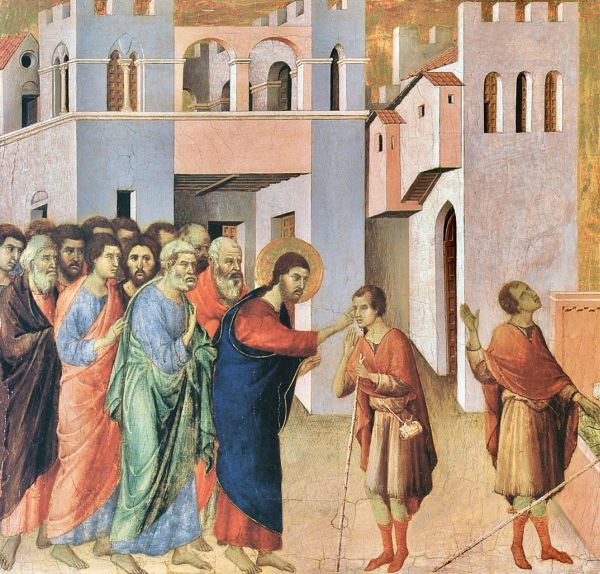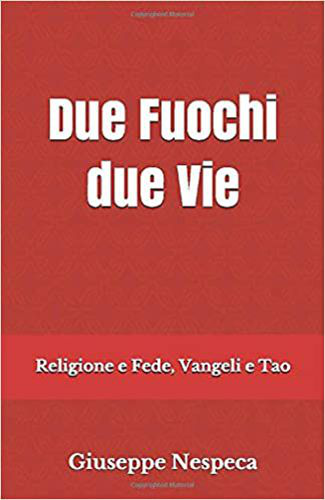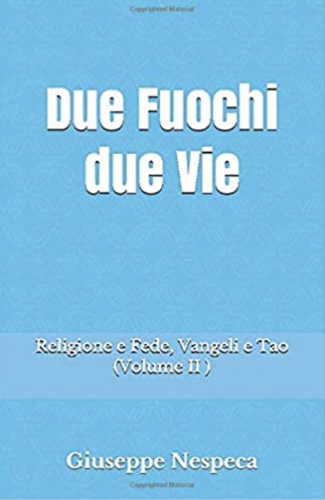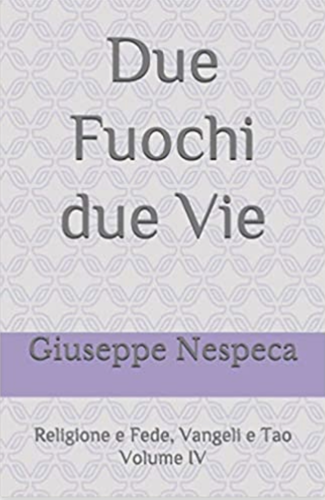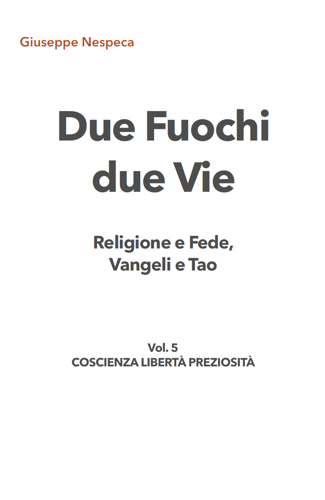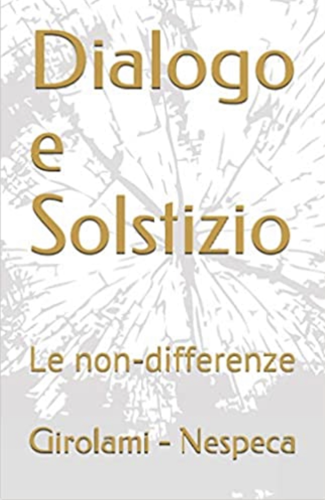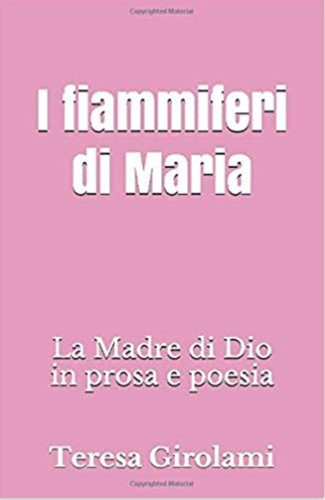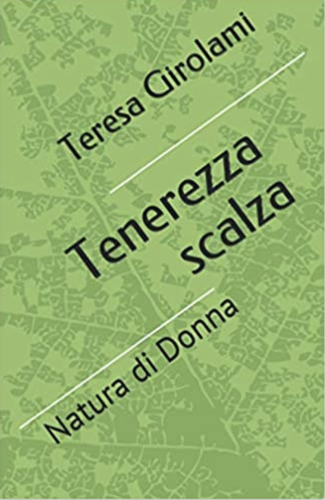Mk narrates the healing of the blind man of Bethsaida. Jesus heals him outside the village, and asks him not to enter it.
Francis, the Poor Man of Assisi, healed many blind in body and spirit, by the gift of the Most High.
In the "Treatise of Miracles" numerous episodes of eye healings are narrated, cases of people who, thanks to the Minim, regained their sight. The Sources inform us in this regard.
"To a blind girl from Bevagna he restored her desired sight by smearing her eyes with spit three times, in the name of the Trinity.
A woman from Narni, struck blind, recovered her sight as soon as he blessed her.
A child from Bologna had one eye completely covered by a spot and could see absolutely nothing. No remedy could be found to help him. But after the Lord's servant had made the sign of the cross to him, from head to toe, he regained crystal-clear sight. He later entered the Order of Friars Minor and said he could see much clearer from his healed eye than from the eye that had always remained healthy' (FF 1218).
But also St Mary of the Portiuncula, a place so dear to Francis, was the scene of salvation for many souls suffering from inner blindness.
"Concerning this place, a friar, devoted to God, before his conversion, had a vision worthy of being reported.
It seemed to him that he saw innumerable men, suffering from blindness, standing around this church, on their knees and with their faces turned towards heaven.
They all stretched out their hands upwards and, weeping, they invoked mercy and light from God.
And behold, there came from heaven an immense splendour, which, penetrating into them all, brought to each one the desired light and salvation" (FF 1049).
Francis, the Poverello, Herald of Christ, was concerned not only with material sight, but also with interior sight - to lead so many souls to the Lord.
This is why the Portiuncula was considered a place of salvation: those who frequented it saw more clearly, because it was the seat of celestial and humanising radiance.
«Then again he laid his hands on his eyes and was restored and saw everything distinctly at a distance» (Mk 8:25)
Wednesday 6th wk. in O.T. (Mk 8,22-26)



